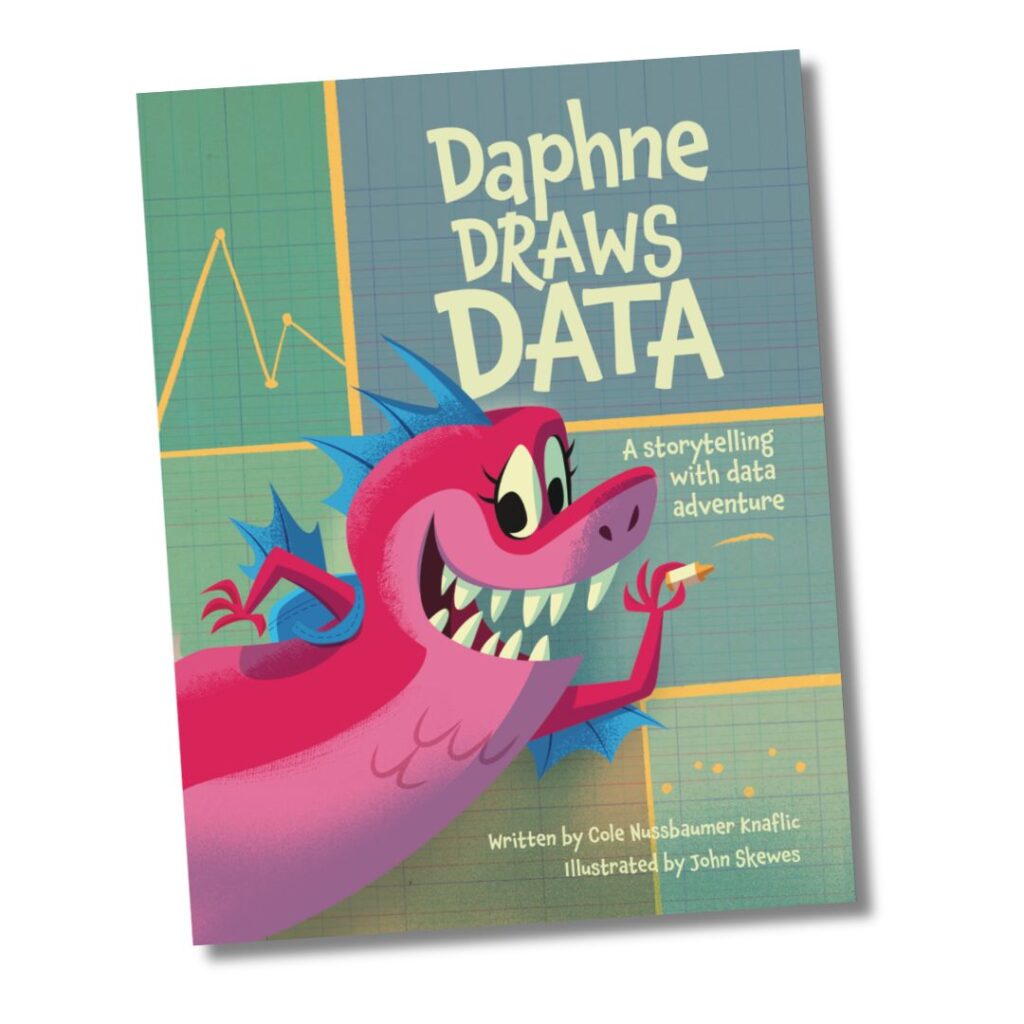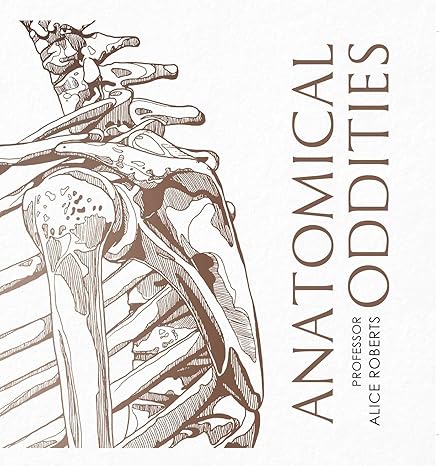Prompted by reading various books on archaeology by Professor Alice Roberts I came to this book, Britain BC by Francis Pryor. This is a prehistory of Britain prior to the Roman invasion, at which point Britain starts to get a written history. The book covers the Mesolithic, Neolithic, Bronze and Iron Ages in 12 chapters spread across three parts, the parts covering the Pre-Neolithic, Neolithic and Bronze and Iron Ages. The Ages are divided into chapters by a mixture of more precise period and topic.
The very earliest human remains in Britain were found at Boxgrove and date back to 500,000 years ago, they are not much. There are scatterings of stone tools across southern Britain from this period. Still in the oldest division of the Stone Age, the Palaeolithic, there is the Red “lady” burial in South Wales dating from 34,000 or so years ago. This is the first prehistoric skeleton to be excavated by William Buckland in 1823 (it turns out the “lady” is a man!) . It is interesting because the body is buried with some ceremony and it is clearly a site which was returned to repeatedly.
There is then a break as an ice age intervenes before the action resumes around 12,600 years ago – at this point the diversity of stone tools becomes much greater – a hallmark of the Middle Stone Age (the Mesolithic). The ice age lowers the sea-level producing Doggerland – the area of land where the North Sea now sits – it is again flooded around 6,500BC, at which point Britain and Ireland broadly take on the outline they now have.
There are Mesolithic sites in Britain, such as Star Carr, Thatcham and Mount Sandel in Northern Ireland. These are fairly limited, generally the scant traces of temporary camps but they show some signs of structures and worked wood. Pryor notes that the shell middens found from this period (piles of discarded shells from edible molluscs) are too large to be simply practical – they perhaps mark territory.
The Neolithic is when farming starts. It is worth noting that timing and detail of the various prehistoric ages varies across Eurasian – Britain is late into the Neolithic, as a result of retreating ice. In Britain the Neolithic farming revolution likely starts with animal husbandry rather than crops – this is evidenced by the field boundaries/”crop marks” found from this period. In the past the introduction of farming to Britain was seen as an invasion of farmers from continental Europe, displacing the indigenous hunter-gatherers but the more modern view is that farming spread by diffusion and was not taken up wholesale, hunter-gatherers adopted what worked for them.
It’s in this period we start to see ritual behaviour, in particular the “sacrifice” of artefacts such as hand axes. A common find across Britain are hand axes made from greenstone originating in Great Langdale. The location where these are made is spectacular but not necessarily the most efficient and they are often found pristine. Sacrificial items are not at end of life but apparently always intended for the purpose. Pryor suggests that the manufacture of such items is also at least partly ritual, he sees forest clearance also having ritual elements and metal mining/smelting too.
It is in the Neolithic that great monumental landscapes like that at Stonehenge are built. It seems the British had a unique passion for henges, cursuses (linear, race-track shaped features) and also roundhouses – they are typically not found in continental Europe. Pryor presents some interesting ideas about the layout of landscapes and how they might have been structured following the work of Pearson and Ramilisonia, the latter is from Madagascar which is relevant because these ideas are based on some rituals from their home country. The core idea is that certain materials represent the living (wood, for example) and others the dead (stone, for example). This is also reflected in styles of pottery, some represent the living and some the dead. The ritual landscape is laid out to allow celebrants to make a journey from the land of the living to that of the dead. It seems the various ritual landscapes around Britain broadly fit this model.
I found these ideas intriguing and frustrating at the same time. I guess fundamentally I’m a “history man” – I have faith in the written record and as a long time connoisseur of archaeology programmes I know that the remains from the Neolithic are often quite subtle. It’s clear that Stonehenge is not just a few stones in the middle of a field, it has a history of thousands of years and lives in a landscape of other human structures.
Early Bronze Age tools sometimes simply replicate Stone Age tools. Metal axes are greatly superior to their stone counter parts – they are first seen about 2000BC – stone axes are rapidly replaced with metal ones. Flint working continues until about 500BC but artefacts are cruder and typically for single, special purposes. The Great Orme, on the North Wales coast and only 50 miles from where I live in Chester is very important to Bronze Age Britain, producing a couple of hundred tonnes of copper over its life time in a mine which, unusually for the time, follows a pattern of vertical shafts and horizontal galleries.
Also in the Bronze Age Pryor introduces his own work at Flag Fen which was active in the middle Bronze Age (1800-700BC). The core feature he discusses here is the causeway, a lengthy wooden structure across marshy, flooded land. Such causeways are found around Britain and Ireland. At Flag Fen offerings (sacrificed objects) are found only on the land-ward side of the causeway so perhaps it was a symbolic structure to hold back the encroaching waters.
The final period before the arrival of the Roman’s is the Iron Age. By now Britain has an extensive field system, and plank built, seagoing boats. It is also in this time that we first start to see the emergence of chieftains – Pryor has been very reluctant to accept the existence of such “big men” in previous periods, arguing that previous societies have been fairly egalitarian. It is in the Iron Age we start seeing very rich individual graves – including chariot burials. The artifacts Iron Age Britain are producing are sophisticated; wheels are constructed with iron rims and spokes and different wood species according to their functions, metal woodworking tools look like their modern counterparts, and there are also elaborate decorative objects.
Archaeologists (actually Barry Cunliffe) have divided Britain into five areas with differing economic systems and settlement styles (hill forts, open settlements, homesteads with varying degrees of fortification). These actually seem relevant today – with a South Western Zone (Celtic Fringe), Central Southern Zone (Wessex), Eastern (East Anglia), North Eastern (Northern England) and North Western Zones (Scotland).
The final chapter covers the growing influence of the Romans, Julius Caesar “visited” Britain in 55BC and 54BC. He actually visited with in excess of 10,000 legionaries who did some fighting so arguably it was more an abortive invasion attempt. We start to see local coinage in circulation prior to the Roman invasion, and there is clearly a lot of trade with the Roman Empire, with raw materials and slaves going out and luxury goods coming in. The Romans were eventually to invade in 43AD, this seems to have been by semi-invitation in the sense that there were competing leaders in Iron Age Britain with Roman using their battles as a pretext to invade in support of their favoured ones. Pryor is clearly not a fan of the Romans, he draws parallels between the Roman Empire and the British Empire, but the tables are turned.
This is definitely an enjoyable read, I think because it brings the British landscape alive. It gives the lumps and bumps found in the British countryside, and more impressive remains, meaning. I grew up in Dorset, home to many of the late Neolithic monuments, I’m currently on holiday in Anglesey – also littered with monuments and where the Romans fought the druids in 59AD. Pryor struggles to identify what has been carried over to the present from our pre-Roman ancestors, coming up with “individual freedom” which seems a bit weak to me. To me it seems our regional divisions date back to this period, as do some counties and settlements. Pre-Roman Britain was clearly a sophisticated and complex society which only lacked writing, the Roman invasion provided that and a skin of “civilisation” to the British elite. Fundamentally, the population of Britain at the time of the invasion was something like 1 million people, and the garrison left by the Romans was only 15,000 or so troops so there must have been real limits on their influence in day to day life for most people.
Perhaps perversely I am now motivated to read more about the Roman invasion and occupation of Britain.





